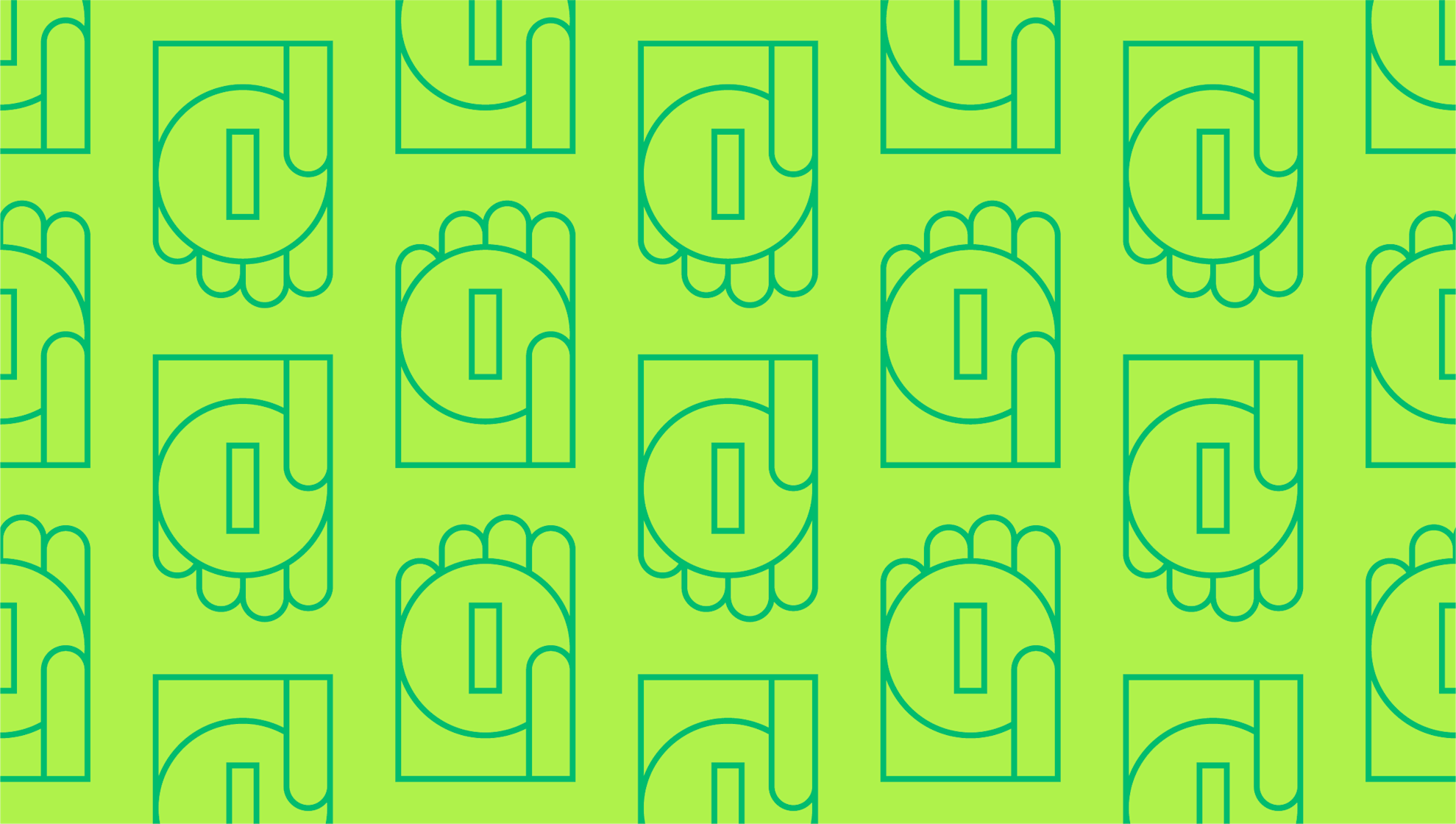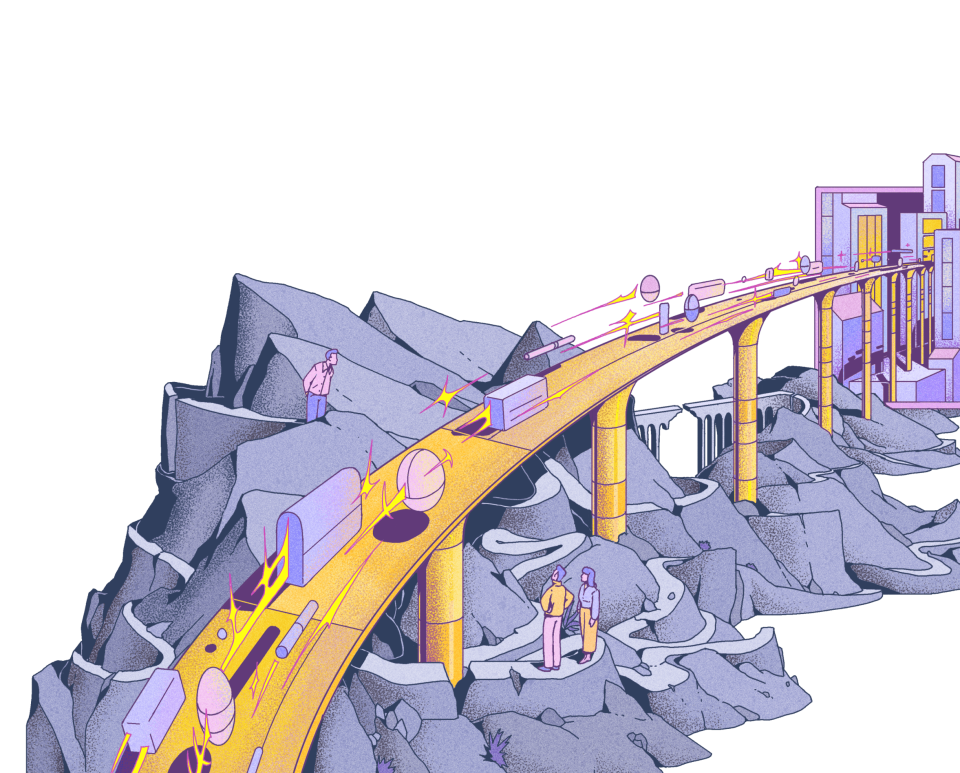Last editedAug 20213 min read
Businesses in need of working capital have several outlets to turn to, from credit cards to fixed-rate loans. When you’re strapped for cash, you might even consider peer-to-peer lending or borrowing from family and friends. Have you considered a credit line? A flexible line of credit offers distinct advantages to borrowers, although like any debt it comes with its own risks. We’ll cover the essentials below.
What is a line of credit?
A line of credit (LOC) or credit line is a special type of bank account that comes with a pre-determined borrowing limit. You can borrow as much money as you need, when you need it, up to that limit. Borrowers are only charged interest on the money taken, with credit replenished as borrowed funds are repaid.
If this sounds similar to how a credit card works, it is – but there are some key differences to be aware of. To begin with, interest rates tend to be lower, making this an advantageous emergency fund for personal or business expenses. Like any type of loan, the availability and interest rates of a line of credit depends on the borrower’s credit score and history.
Line of credit vs bank loan
A business line of credit involves borrowing money from a bank, so how is it different from a business loan?
When you take out a loan, you’ll receive the funds in a lump sum. You’ll then need to make monthly payments, which include interest charges, throughout the duration of the full loan term. This can range from 12 to 60 months or more depending on the fine print.
By contrast, a line of credit gives you immediate access to funds up to a certain limit. However, you don’t need to make any payments until you use this revolving credit. Interest is only charged when you spend money from your business line of credit. Rather than fixed monthly repayments, you have more flexibility to pay back what’s owed. Borrowers can choose from small repayments over a long-term period, or a larger single repayment to reduce interest.
Line of credit vs credit card
There are also similarities between credit cards and credit lines, so how do these differ?
Perhaps the most notable distinction between a personal or small business line of credit and a credit card is its interest rate. Interest rates for credit cards can easily fall in the range of 18% or higher, while a line of credit usually falls below 15%. However, in both cases you’ll access the more favourable interest rates with a good credit score.
If your company needs cash rather than goods, a small business line of credit is a better option than a credit card. While many credit cards allow you to take out cash advances, this is quite costly with interest rates topping 23%. By contrast, you can use the funds in your credit line for whatever you choose, including lump sums of cash.
A third difference is the term length of a credit line vs a credit card. When you open a line of credit, it’s typically only for three to five years. Credit card accounts can be left open indefinitely provided you keep making repayments on time.
Secured line of credit examples
A line of credit is usually unsecured, which is why you need a good credit rating to access one. However, there are a few examples of secured credit lines as well. In some countries, borrowers can secure their account with a certificate of deposit (CD) as collateral.
A more common example is a home equity line of credit (HELOC). This uses the equity you’ve built up in your home as collateral to secure the loan. With this type of agreement, borrowers have access to higher limits and longer terms. Due to its use of a home as collateral, a home equity line of credit is better suited for personal use such as home repairs rather than business expenses.
Pros and cons of credit lines
There are many advantages to using a business line of credit. One of the biggest pros is its flexibility. While a business loan locks you into monthly repayments, you can spend and repay funds as you need them. For businesses trying to manage month-to-month cash flow, this flexibility can come in handy. Credit lines are also useful when you need a large cash deposit to fund a project or are waiting for a vendor to pay an invoice.
The only downside is that this money doesn’t come for free. You’ll need to pass a credit check and pay higher interest rates than you would with a bank loan. Some banks also charge maintenance fees, so it’s best to shop around before signing any agreement.
We can help
GoCardless helps you automate payment collection, cutting down on the amount of admin your team needs to deal with when chasing invoices. Find out how GoCardless can help you with ad hoc payments or recurring payments.


